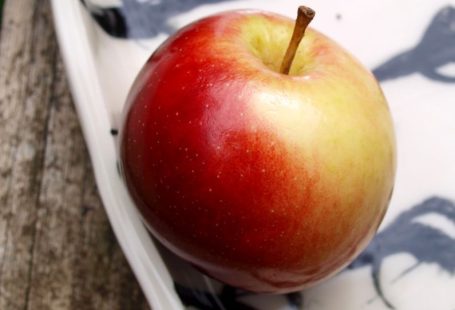In Mexican culture, sugar skulls hold a profound significance that transcends their colorful and intricate designs. These iconic symbols are deeply rooted in the country’s rich history and traditions, playing a central role in the annual celebration of Día de los Muertos, or Day of the Dead. From their origins to their modern-day interpretations, sugar skulls continue to captivate and inspire people around the world.
Origins and Symbolism
The tradition of creating sugar skulls dates back to ancient Mesoamerican civilizations, particularly the Aztecs who viewed death as a natural part of the human experience. The use of sugar to make decorative skulls can be traced to the Spanish colonization of Mexico, blending indigenous beliefs with Catholic traditions. Sugar skulls are often inscribed with the names of deceased loved ones and displayed on homemade altars, or ofrendas, during Día de los Muertos.
Artistic Expression and Creativity
The intricate designs that adorn sugar skulls are a testament to the creativity and artistry of Mexican artisans. Each skull is meticulously crafted using brightly colored icing, sequins, and other decorative elements to create a visually stunning work of art. The vibrant hues and intricate patterns symbolize the joy and celebration of life, serving as a reminder to honor and remember the departed with love and respect.
Honoring Ancestors and Celebrating Life
Día de los Muertos is a time-honored tradition that allows families to come together to honor their ancestors and celebrate the continuity of life. Sugar skulls play a central role in this celebration, serving as a way to remember and pay tribute to those who have passed away. By creating and displaying sugar skulls, families express their love and respect for the deceased while also embracing the cycles of life and death.
Global Popularity and Commercialization
In recent years, sugar skulls have gained popularity beyond Mexico’s borders, becoming a trendy symbol in mainstream culture. From fashion to home decor, the iconic imagery of sugar skulls can be found in a variety of products and designs. While some view this commercialization as a form of cultural appropriation, others see it as a way to raise awareness and appreciation for Mexican traditions and artistry.
Educational and Cultural Significance
Despite their commercial appeal, sugar skulls continue to hold deep cultural and educational significance for many people. Schools and community organizations often incorporate sugar skull workshops and activities into their curriculum to teach students about the history and symbolism behind Día de los Muertos. By engaging in these hands-on experiences, individuals can gain a deeper understanding and appreciation for Mexican culture and traditions.
Celebrating Diversity and Unity
In a world that is often divided by differences, the symbolism of sugar skulls serves as a powerful reminder of the common threads that connect us all. Regardless of background or beliefs, the universal themes of remembrance, love, and celebration resonate with people from all walks of life. By embracing the cultural significance of sugar skulls, we can celebrate diversity and unity while honoring the past and looking towards the future.
Embracing Tradition and Innovation
As the tradition of Día de los Muertos continues to evolve, so too does the artistry and creativity behind sugar skulls. Modern interpretations may incorporate new materials and techniques, yet the core values of honoring ancestors and celebrating life remain unchanged. By embracing both tradition and innovation, sugar skulls continue to serve as a vibrant and meaningful symbol of Mexican culture and heritage.
In conclusion, the cultural significance of sugar skulls extends far beyond their artistic beauty and decorative appeal. These iconic symbols embody the rich history, traditions, and values of Mexican culture, serving as a powerful reminder of the interconnectedness of life and death. By recognizing and honoring the deep-rooted symbolism of sugar skulls, we can gain a deeper appreciation for the diversity and unity that bind us together as a global community.





